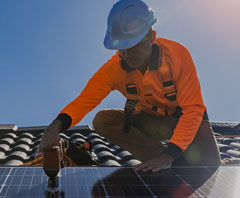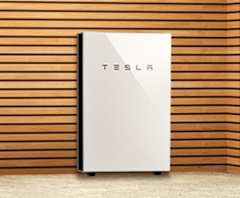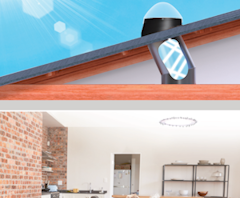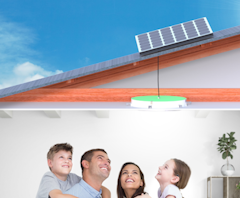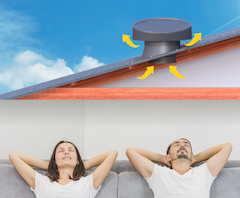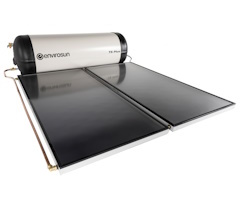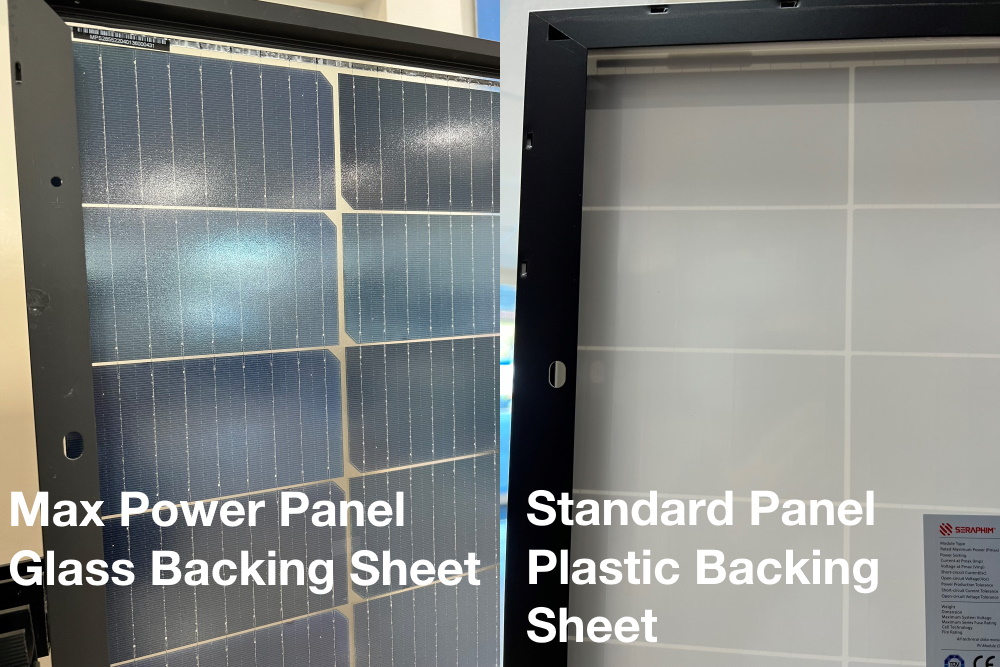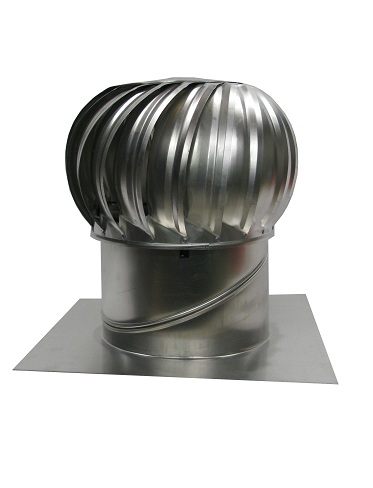The Max Power 390 Watt MPS-390N solar panel combines leading technology with long warranties making it ideal for Australian conditions.
Australia experiences many sunny days with long daylight hours in summer. This makes it ideal for solar. However, our summers are very hot and roof temperatures easily reach 65°C. making it harsh for panels. We experience southerly busters and east coast lows that generate high winds, storms and clouds. All up, Australian conditions are tough on solar panels.
This means Australian consumers need to carefully consider which solar panel they choose. Does it have the technology and features to not only survive, but to thrive, in our tough environment?
MPS-390N Features That Make It Ideal For Australia
The Max Power MPS-390N is designed to thrive in harsh Australian conditions. It features dual glass, a low-temperature coefficient, bifacial technology, N-Type cells, and long Australian warranties. Other panels may have one or two of these features. None has them all except the Max Power 390N. It is built for Australia,
Here we investigate these premium technologies and features of the MPS-390N. This will help you understand why the 390N panel is a safe choice for Australian consumers.
Dual Glass For Extra Toughness And Longevity
The MPS-390N has dual glass, meaning it has a glass sheet on both the front and the back of the panel. Most solar panels in the Australian market only have a glass front sheet. The backing sheet on these panels is made of plastic.
Dual glass adds the extra strength and longevity a panel requires in Australian conditions. They are a tougher panel. This extra toughness is reflected in the long Max Power warranties.
Most plastic-backed panels have only a 12 or 15-year product warranty while the MPS-390N has a 25-year product warranty (more on warranties later). This extra strength also helps the panel when subject to high winds.
When continually exposed to extreme heat conditions on the roof in summer, a plastic backing sheet can begin to peel off. Once this occurs, moisture can get into the panel cells and cause the panel to fail. Hence the shorter product warranties on plastic backed panels.
Don’t accept a panel as a premium panel if it is not dual glass.
Another benefit of the glass backing sheet is it helps heat to escape the cells faster than a plastic backing sheet. This helps keep the panel cooler on hot days, making the panel perform better.
Low Temperature Coefficient For Better Performance
We all know that solar panels need sunshine to make electricity. One would think that the hotter it is, the better the solar panel will perform. However, this is not the case. Solar panels are most efficient at an air temperature of 25°C. Above this temperature, the panel performance begins to fall as the temperature rises. The temperature coefficient measures this drop as a percentage of panel output.
A lower temperature coefficient means better performance in hotter weather. This is essential for a country with hot weather such as Australia.
The Max Power MPS-390 has temperature coefficient of -0.31%, the best we have seen of any 390W panel in Australia. On hot days the Max Power will produce more power than competing panels, another factor making it ideal for Aussie conditions.
This delivers customers more power and savings over the life of the system.
Bifacial Technology For Improved Performance And Efficiency
Bifacial technology means that the cells in the solar panel can produce power from the front of the cell and the reflected light on the back of the cell. This helps deliver improved performance and better efficiency for the MPS-390N panel.
This allows the panel to make the most of strong, sunny Australian conditions resulting in increased production and more savings for Max Power customers.
Use Of N-Type Cells
We all know that Australia has widely variable conditions from heat waves through to La Nina rain events. Although known for the sunshine, we do have variable weather with cloudy days. This means you need a panel that copes with this variation in conditions.
The Max Power MPS-390N uses superior N-Type cells. Most panels use standard P-Type cells. One major advantage of N-Types cells is they have outstanding performance in low light conditions. This means on cloudy days, or early in the morning or late in the afternoon when the light is low, the Max Power will produce more power than standard panels. This is another reason the 390N is ideal for Australian conditions.
Backed With Long Australian Warranties
Max Power Solar is an Australian solar company. This gives you peace of mind knowing that the panel is backed by a local Australian company, not an offshore supplier.
Solar panels come with two separate warranties. The product warranty covers the panel itself (workmanship and materials), and the performance warranty covers the output of the panel over time.
The Max Power MPS-390N has a 25-year product warranty covering the panel. Many competing panels will only have a 12 or 15-year product warranty.
Under Australian regulations, all solar panels sold in Australia must have a performance warranty. The output of solar panels decreases as they get older. The performance warranty warrants the panel output after 25 years. This does not mean the panel will last 25 years, though.
Most panels will lose about 20% of their power over 25 years. However, the Max Power 390N performance warranty covers 30 years, one of the longest in the industry. After 30 years, the panel is warranted to punch out a huge 87.4% of its original power.
Over the life of the panel, the Max Power will out produce other panels. This is another win for Max Power customers with more power and more savings over the life of the system.
Conclusion
The key technologies and features built into the Max Power MPS-390N make it ideally suited for tough Australian conditions. No other panel packs all this into one package.
Dual glass delivers strength and longevity for the panel. A low-temperature coefficient allows it to outperform other panels in our hot weather. Bifacial technology improves the panel performance and increases efficiency, delivering more power and more savings. Superior N-Type cells deliver outstanding low light performance, so the panel is suited to variable Australian conditions.
Underpinning these great features and technology is the peace of mind coming long Australian warranties and local support.
All of this combined makes the Max Power MPS-390N solar panel the ideal choice for Australian conditions.
Download the Max Power MPS-390N Brochure and Datasheet
Contact SolarBright for more information.
Read Also:
How To Purchase A Reliable Solar System
How Long Will My Solar Panels Last? 4 Main Considerations
